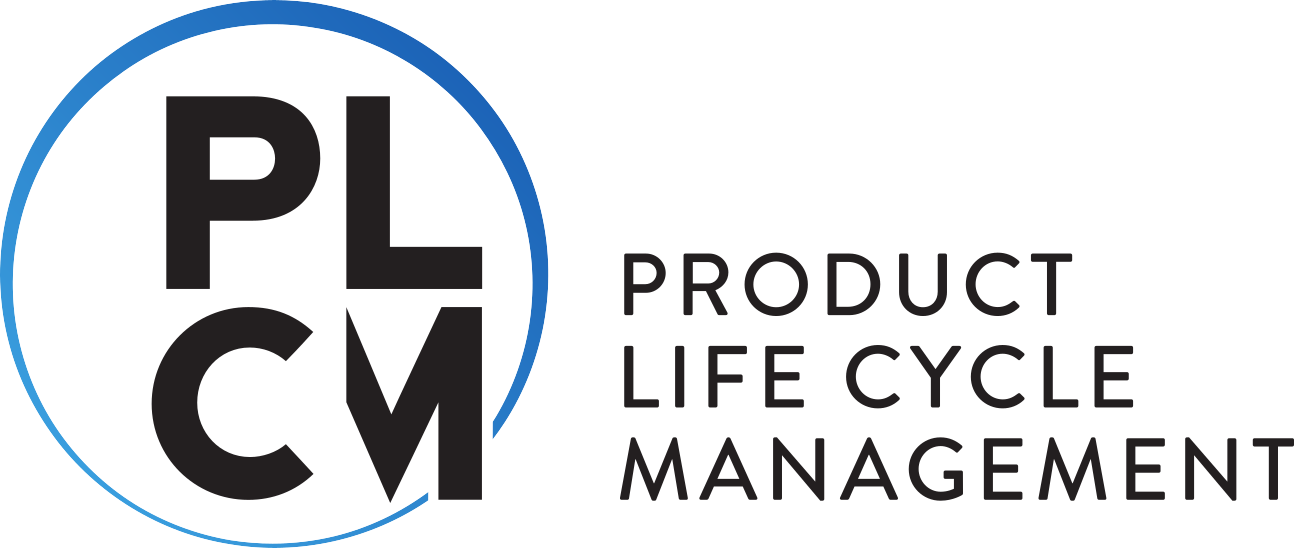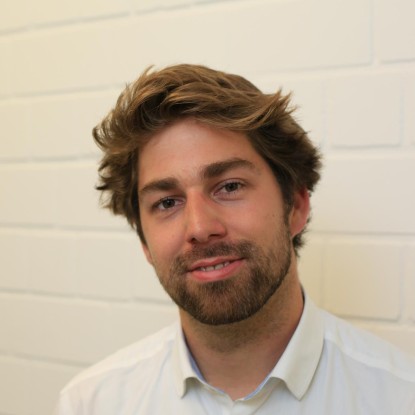General Information
CypIFlex is a research project funded by Hessischen Ministerium für Wirtschaft, Energie, Verkehr und Landesentwicklung (HMWEVL). The fund is granted under the operational programme for the funding of regional competitiveness and employment in Hesse and comes from European Union funding for regional development (EFRE).
The project consortium comprises companies from IT, automation and production area and the department DiK of Technischen Universität Darmstadt. The aim of this project is to enable medium-sized manufacturing companies to develop specific solutions based on Industrie 4.0 and to subsequently implement these solutions successfully. The developed process model will also be implemented in a real production and intralogistics environment. Sanner GmbH provides a real production environment and the complete know-how as a medium-sized German company for this project. A special challenge for the project is the compatibility of production technologies with information and communication technologies. Five main milestones in CypIFlex are: requirements analysis and creation of a technical requirements document, identification, analysis and assessment of solutions, development of a generic process model, validation on use cases from Sanner GmbH and the last step is verification of the developed model.
The Role of DiK
The project CypIFlex is scientifically accompanied by the department of computer integrated design (DiK) of Technische Universität Darmstadt. DiK positions itself as an interface between product development and manufacturing and supports particularly, in CypIFlex, to overcome the complexity of cyber-physical systems by using generic approaches, methods and models. TU Darmstadt (DiK) also contributes to the definition of the interface to Smart Factory and to IT solutions. Furthermore, universal methods and models for representation, process planning and employee-training will also be developed in this project.




